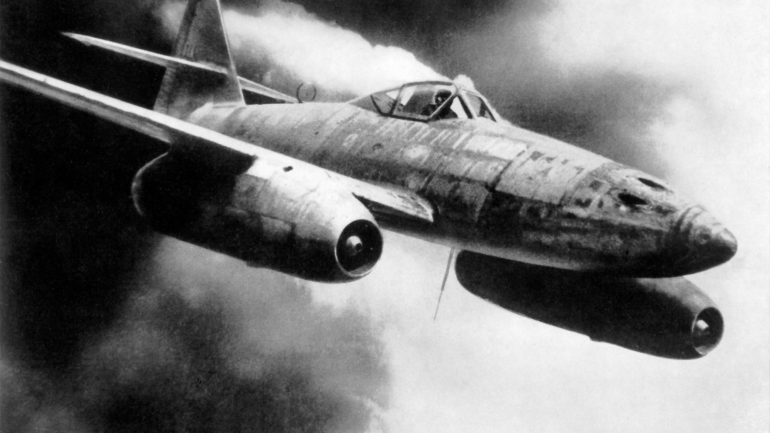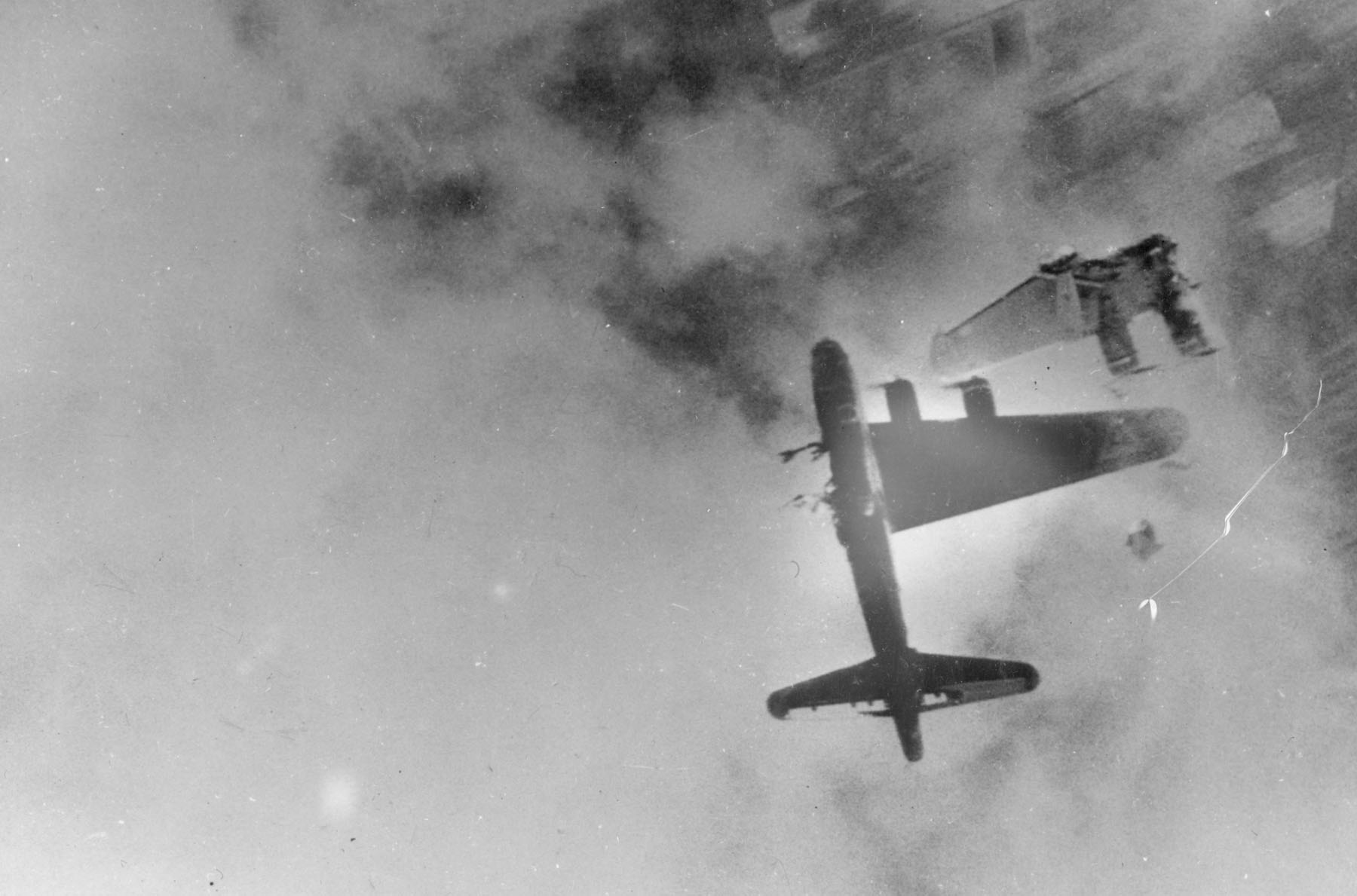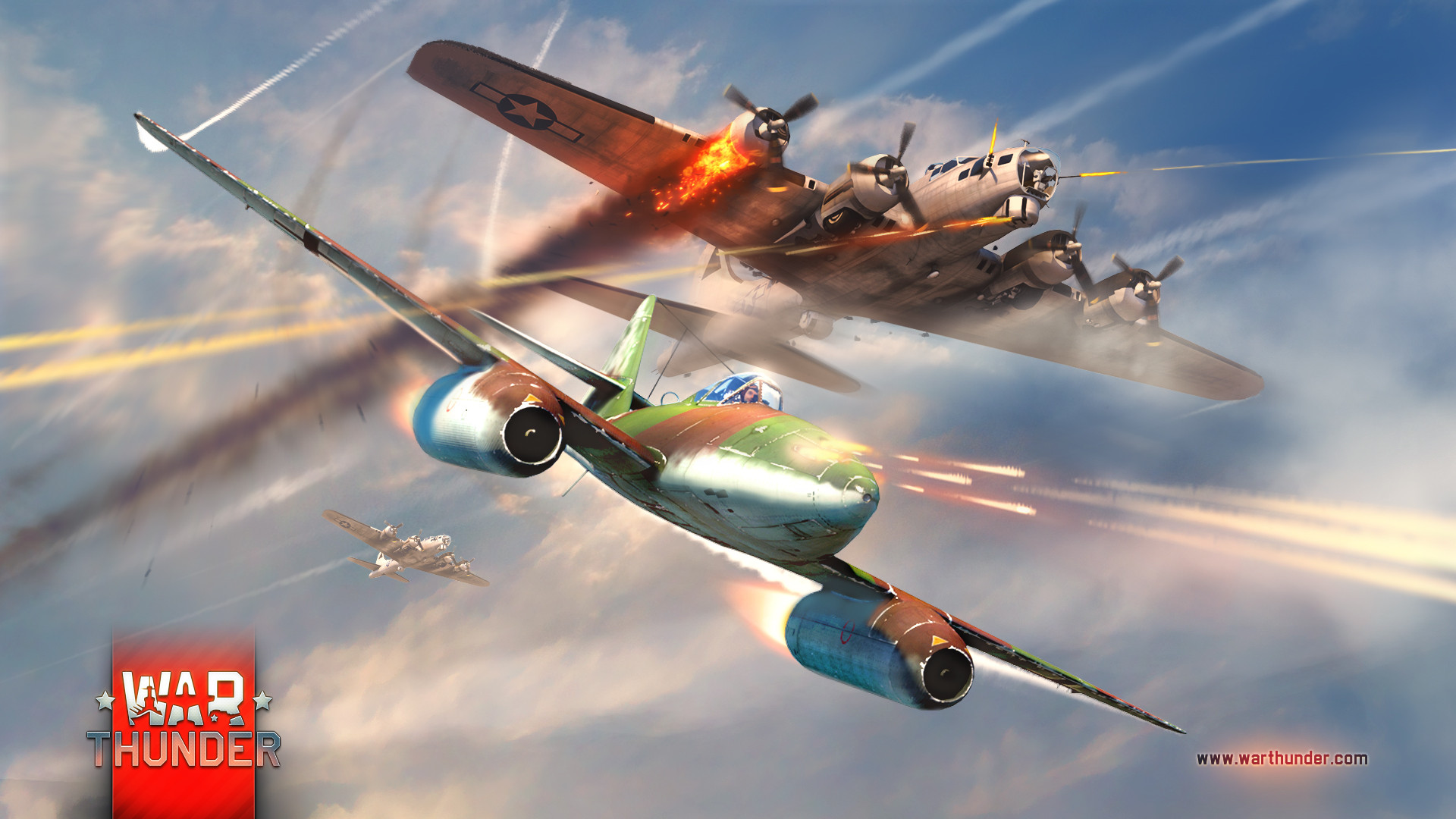
- For PC
- For MAC
- For Linux
- OS: Windows 7 SP1/8/10 (64 bit)
- Processor: Dual-Core 2.2 GHz
- Memory: 4GB
- Video Card: DirectX 10.1 level video card: AMD Radeon 77XX / NVIDIA GeForce GTX 660. The minimum supported resolution for the game is 720p.
- Network: Broadband Internet connection
- Hard Drive: 17 GB
- OS: Windows 10/11 (64 bit)
- Processor: Intel Core i5 or Ryzen 5 3600 and better
- Memory: 16 GB and more
- Video Card: DirectX 11 level video card or higher and drivers: Nvidia GeForce 1060 and higher, Radeon RX 570 and higher
- Network: Broadband Internet connection
- Hard Drive: 95 GB
- OS: Mac OS Big Sur 11.0 or newer
- Processor: Core i5, minimum 2.2GHz (Intel Xeon is not supported)
- Memory: 6 GB
- Video Card: Intel Iris Pro 5200 (Mac), or analog from AMD/Nvidia for Mac. Minimum supported resolution for the game is 720p with Metal support.
- Network: Broadband Internet connection
- Hard Drive: 17 GB
- OS: Mac OS Big Sur 11.0 or newer
- Processor: Core i7 (Intel Xeon is not supported)
- Memory: 8 GB
- Video Card: Radeon Vega II or higher with Metal support.
- Network: Broadband Internet connection
- Hard Drive: 95 GB
- OS: Most modern 64bit Linux distributions
- Processor: Dual-Core 2.4 GHz
- Memory: 4 GB
- Video Card: NVIDIA 660 with latest proprietary drivers (not older than 6 months) / similar AMD with latest proprietary drivers (not older than 6 months; the minimum supported resolution for the game is 720p) with Vulkan support.
- Network: Broadband Internet connection
- Hard Drive: 17 GB
- OS: Ubuntu 20.04 64bit
- Processor: Intel Core i7
- Memory: 16 GB
- Video Card: NVIDIA 1060 with latest proprietary drivers (not older than 6 months) / similar AMD (Radeon RX 570) with latest proprietary drivers (not older than 6 months) with Vulkan support.
- Network: Broadband Internet connection
- Hard Drive: 95 GB
From March 14th 15:00 GMT until March 17th 06:00 GMT
x4 RP for the first victory for each nation
and special Realistic Battle [Event] “Fight of Swallows”
"As if an angel were pushing me"
Adolf Galland after his first flight in the Me 262, May 1943

Me-262 Flug-X0770
Despite a shortage of materials and the specialised metals required to put up with the extreme heat that jet engines produce and the ongoing strategic bombing of the industrial Ruhr valley, the Germans still managed build 100 me262s in 1944. It was too little too late to turn the tide of war.
Those 262s that did manage to fly did finally get put to use against allied bombers in 1944 for the first time..
The first major Me 262 raid against USAAF B-17s came on March 18, 1945 when 37 262s went up against a formation of 1,221 bombers and 632 escort fighters. The 262s destroyed twelve bombers against the loss of three aircraft.
The ME 262 had 4 MK 108 30mm cannon in its nose. These weapons were specifically designed by Rheinmetall Borsig in 1943 for the 262, these guns discharged huge exploding shells that did a massive amount of damage. Testing showed it took just 4 rounds to take down a four engined B-17 and a single shot was invariably enough to take down a Mustang or a Thunderbolt.
Attacking bomber formations was rather difficult even for the new jet and new tactics had to be developed. The usual accepted prop engined fighter head on type attack that was preferred against the B17 was not possible simply due to the fast closing speed experienced. Attacking from the rear didn't give pilots much time to train the 262s 30mm cannon on target. In fact the accuracy of the cannon was a problem. This wasn't because the cannon did not shoot straight. It was a range issue for the heavy shells. The quad cannons, though they dealt a lot of damage, were only accurate to about 600 metres. Since pilots had to break off an attack at 200 metres to avoid collision due to 'target fixation', that meant a 400m 'attack run' that lasted less than two seconds at 500 mph.
A typical attack pattern started 3 miles behind and 6000 ft above the bomber formation. The 262s would increase speed to 500 mph and descend through the Mustang bomber escort (leaving them for dust), they would dive to about 1500ft below the trailing bomber, then pull up sharply to reduce speed and then put as much firepower on to a B-17 as it could in the two second firing window that speed and gun range allowed. Most of the time, the B-17 turrets had difficulty tracking the 262s.

B-17F Destroyed by a Me-262
Another attack pattern, although this was used just a few times before the war ended, involved a flight of me 262s using R4M “Hurricane” rockets and firing at the B-17 formation from a ninety degree (side on) angle where the bombers presented the largest profile. Fired from beyond the range of the B-17's defensive guns, one rocket was enough to take down a whole bomber and this method showed some promise but again, it came too late in the war to affect the outcome.




